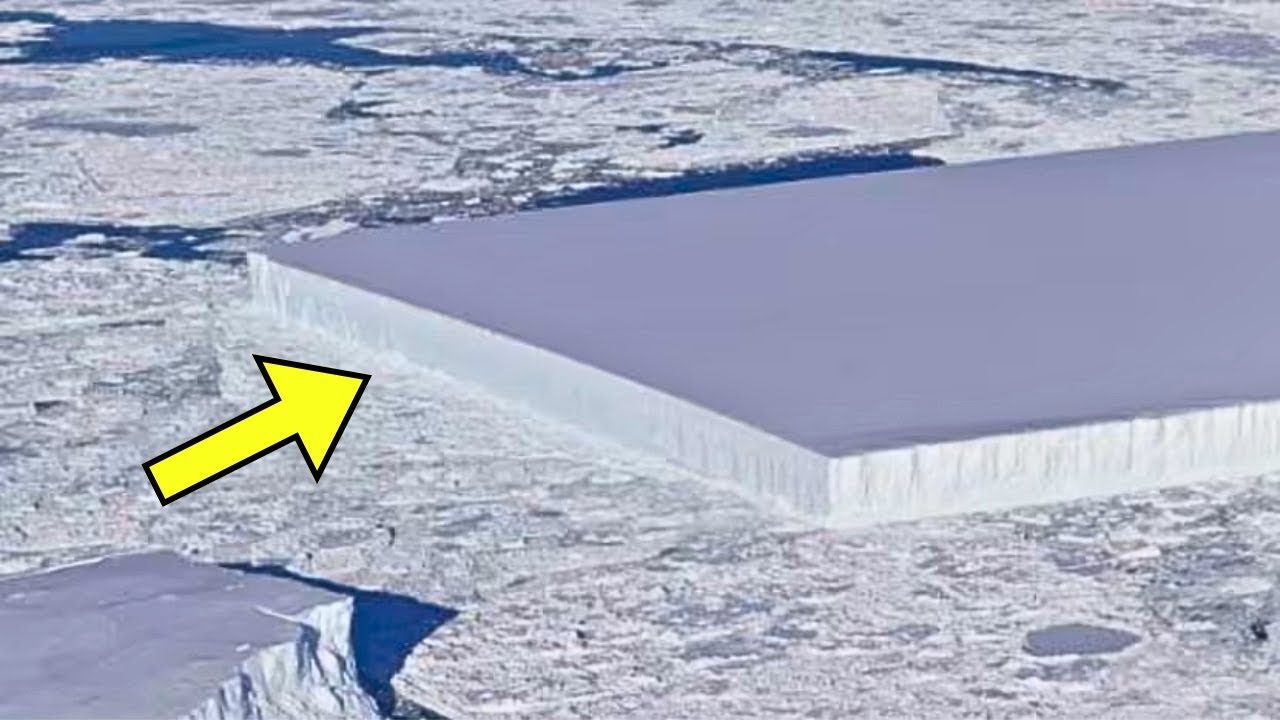The latest expedition led by Dr. Richard Green to Antarctica revealed a monumental discovery that could reshape our understanding of Earth’s history. As a seasoned Antarctic researcher, Dr. Green had mapped out the region extensively, so when he returned after the harsh winter, an oddly shaped plaque of ice caught his eye. The plaque was an unusual, perfectly rectangular formation—a deviation from the natural chaotic ice ridges typically found in the Antarctic. Curious, Dr. Green and his team immediately began investigating, delving into the mystery surrounding this unnatural ice formation.
Using advanced drilling techniques, they extracted data from the ice, which returned unexpected and puzzling results. The ice appeared to hold something far older and far more significant than they had ever imagined. As they drilled deeper, they discovered air bubbles trapped within the ice. These weren’t just ordinary pockets of air but were preserved remnants of ancient times—frozen records waiting to be decoded. Dr. Green realized the gravity of their find and began analyzing these bubbles, hypothesizing they could reveal crucial information about the Earth’s ancient climate and ecosystems.
As the investigation progressed, the team uncovered more startling discoveries within the ice. They found perfectly preserved animals and geological formations embedded in the ice. These findings offered a glimpse into a prehistoric world, with species that once roamed the Earth thousands of years ago. The ice wasn’t just ice—it was a time capsule holding invaluable secrets from Earth’s distant past.
The most remarkable revelation came when Dr. Green proposed a groundbreaking theory. He believed the iceberg they were examining wasn’t typical sea ice but rather land ice that had been dislodged by recent seismic activity. This upheaval from the seafloor had brought ancient, well-preserved ecosystems and geological formations to the surface, offering scientists an unprecedented opportunity to study the Earth’s history. This discovery could potentially unlock vital information about prehistoric life, ancient climates, and perhaps even traces of early human activity.
Dr. Green and his team faced the monumental task of balancing their scientific investigation with the ethical responsibility of preserving this fragile site. They knew that their findings could provide invaluable insights into the Earth’s geological and biological history, potentially rewriting what we know about climate change and the shifting landscapes of our planet.
As their exploration continued, the team became acutely aware that they were on the verge of a discovery that could have profound implications not only for science but for humanity’s understanding of our planet. Their research had opened a gateway to ancient mysteries, each layer of ice revealing new stories from a time long past, waiting to be uncovered.





